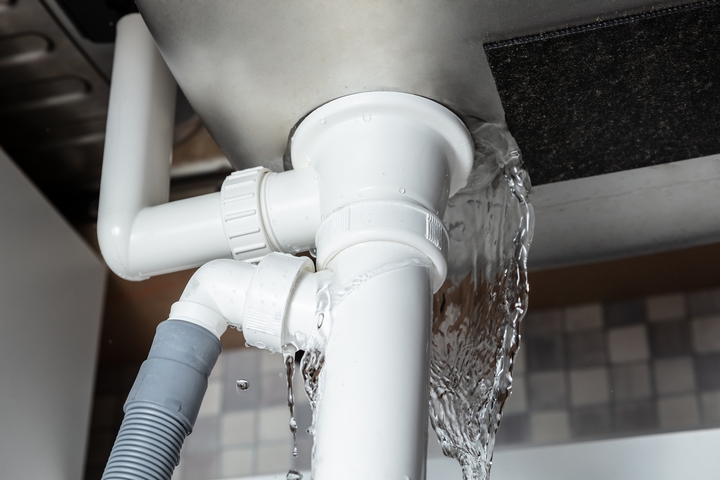Low water pressure problems can stem from several sources, from clogs in your plumbing to an issue in the main line. You may have noticed low water pressure in the shower or at your sink taps. If so, troubleshooting what’s going on can take some time. You will probably need to contact the help of a professional to fix the low water pressure problem.
That said, there are many ways to increase water pressure and improve flow. Here is how to fix low water pressure in your house.
1. Check the main water line

If your home is connected to a municipal water line, this plumbing is subject to the same risks as any home. Though you can’t go exploring to see if there are leaks, clogs, buildup, or corrosion, you can contact your neighbours.
See if they are also experiencing low water pressure. If they are, that’s a sign that the problem isn’t likely exclusive to you and that your municipal water system needs a look.
2. Do a quality check on your well pump

Alternatively, if your home is connected to a well-drilled underground, you aren’t relying on municipal water. Low water pressure in this scenario could stem from a malfunctioning well pump. The good pump is what supplies water from the well to your home.
There are many types, from centrifugal-style to submersible and jet pumps. You may have the wrong type of pump for your good type, or it may be experiencing some sort of wear-and-tear issue.
3. Verify your main water valve is open

If you have recently had work done on your property, your main water valve may be partially closed. Every house has a main water valve near the water meter. It controls water flow into the home. Check to see if it’s open.
If it’s only partially, opens it all the way. This valve is easy to turn, and you don’t need to call a plumber if this is your low water pressure issue. However, if the regulator’s broken, that’s something you will need a plumber to handle.
4. Fix any plumbing leaks

Where you might lose water pressure is if damaged pipes are causing water to leak as it travels through. To check your main plumbing pipes, ensure all indoor faucets are turned off and then write down the number on your water meter. Wait two hours. Return to the water meter.
When there’s been an increase in the number, despite no water use on your part, you know a plumbing leak exists somewhere and that it’s time to contact a plumber.
5. Service your water heater

You may notice no issues with water pressure on a cold, but when you flip it to hot water, there’s something wrong. That’s almost a sure sign the issue is not with water pressure and that it’s the water heater. There are a few things you can do. Check around the water heater for corroded pipes.
Check to make sure all valves supplying the water heater are fully open. There could also be sediment buildup in the heater that needs to be cleaned. You may wish to contact a professional to check and service your water heater.
6. Address problem areas

You may find water pressure is alright in your kitchen sink but not in your bathtub. If there is an inconsistency like this, the problem may not be related to the whole house. It may be something to do with a specific faucet or plumbing room.
You may want to individually explore water pressure issues in the shower, water pressure issues in the bathroom, or water pressure issues in the kitchen. These areas require examining the fixtures and verifying that nothing is interfering with water supply and distribution.
7. Check hard water buildup

Any clogging in your plumbing can cause low water pressure. If you have high levels of calcium, magnesium, and other minerals in the water, you have what’s called ‘hard water. Mineral deposits can sometimes be left behind in the pipes, leading to buildup and eventual blockages.
These minerals can also eat away at the pipes over time and cause damage. Test your water’s pH levels to see if there is a high amount of minerals. If so, the pipes will need to be cleaned out, and a water softener system can be installed to filter out excess mineral deposits.
8. Install a water pressure booster

Assuming there is no underlying water pressure problem that is unaddressed if it’s safe, a water pressure booster pump may be something to try. You will need a plumber to install the water pressure booster, and you can expect an increase in your utility bills.
However, these devices do improve water pressure. This is why homes far away from the main water line and uphill properties are often used when water pressure is a problem.




